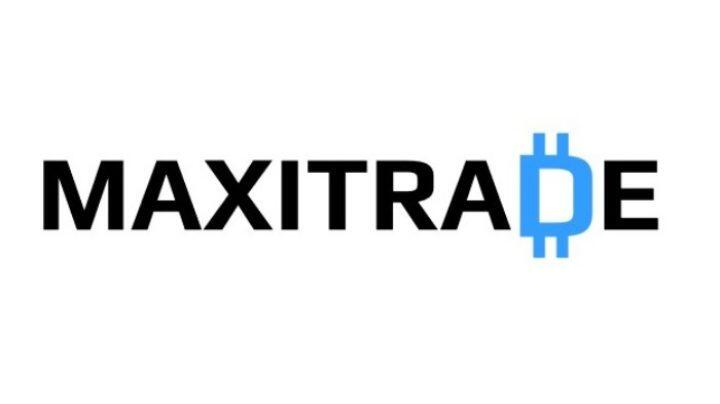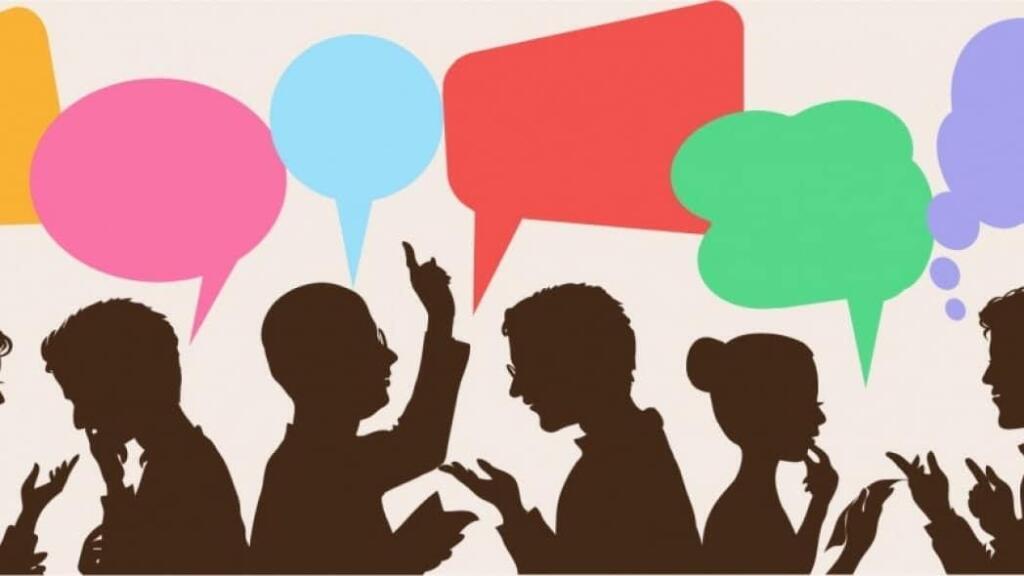Japanese Yen Currency Symbol Black Japan Yen Sign Stock Vector Illustration of symbol, finance: 114506095
Contents
Samantha Silberstein is a Certified Financial Planner, FINRA Series 7 and 63 licensed holder, State of California life, accident, and health insurance licensed agent, and CFA. She spends her days working with hundreds of employees from non-profit and higher education organizations on their personal financial plans. The special drawing rights valuation is an IMF basket of the world’s major reserve currencies, including the Japanese yen. Its share of 8.33% as of 2016 has declined from 18% as of 2000. After the war, brass 50 sen, 1 and 5 yen were introduced between 1946 and 1948. The current-type holed brass 5 yen was introduced in 1949, the bronze 10 yen in 1951, and the aluminum 1 yen in 1955.

The coin received its moniker because yen means “a round object.” In 2021, the pound sterling was ranked the fifth-strongest currency in the world and the fourth most-traded currency. However, some countries have their own currency referred to as the “pound” — e.g., the Egyptian pound and the Nigerian pound, both with the same £ symbol and The Best Forex Trading Apps 2021 a country-specific designation, like E£ or £N. There are mainly three types of notes that are available for the Yen. On the other side, there are five coins that represent 100, 50, 10, 5, and 1 yen denominations. To find out how to work with currency symbols in your documents, scroll down to the How To Work With Currency Symbols section.
The BoJ has set a 2% inflation target for Japan following decades of economically damaging deflation. IBM’s Code page 437 used code point 9D for the ¥ and this encoding was also used by several other computer systems. The ¥ is assigned code point B2 in EBCDIC 500 and many other EBCDIC code pages. “Coalition sets up talks on yen’s redenomination. – Free Online Library”.
Japanese yen
Began to value the pound in gold rather than sterling silver. The short form of the Yen is merely used for writing purposes. However, it has lots of significance in Japan’s monetary system. This is because the Japanese yen symbol ¥ represents the currency used in Japan and doesn’t have any other meaning.
The percental composition of currencies of official foreign exchange reserves from 1995 to 2021. Series E banknotes were introduced in 2004 in ¥1000, ¥5000, and ¥10,000 denominations. The EURion constellation pattern is present in the designs. Finance officials from major nations signed an agreement affirming that the dollar was overvalued .
This capital flow increased the supply of yen in foreign-exchange markets, as Japanese investors changed their yen for other currencies to invest overseas. This kept the yen weak relative to the dollar and fostered the rapid rise in the Japanese trade surplus that took place in the 1980s. Japan’s ig sentiment indicator currency was in the tank after its devastating losses during World War II. But its economy subsequently revived, and today the yen is the third most-traded currency after the U.S. dollar and the euro. Most establishments in Japan will only accept yen, which comes in both coins and bank notes.

Coins worth 1, 5, 10, 50, 100, and 500 yen are in circulation alongside ¥1,000, ¥2,000, ¥5,000, and ¥10,000 banknotes. The Japanese count sums in multiples of 10,000 yen rather than 1,000 as in the West with U.S. dollars or euros. The yen declined during the Japanese asset price bubble and continued to do so afterwards, reaching a low of ¥134 to US$ in February 2002. The Bank of Japan’s policy of zero interest rates has discouraged yen investments, with the carry trade of investors borrowing yen and investing in better-paying currencies estimated to be as large as $1 trillion. In February 2007, The Economist estimated that the yen was 15% undervalued against the dollar, and as much as 40% undervalued against the euro.
EXCHANGING CURRENCY
For example, if $6 (U.S. dollars) are exchanged for ¥1 , when previously the exchange rate was $4 to ¥1, this means the yen is relatively strong. Conversely, a weak yen means that more units of yen are needed to convert to other currencies. It is also one of the most widely held foreign exchange reserves by central banks. The 500 yen coin is silver and gold, made of copper, nickel, and brass. The 50 yen coin is silver, marked with a hole in the center, and made of copper and nickel. The Japanese Yen is the native currency of Japan and is the third-most traded currency in the world.
Simple and beautiful way to discover how to add a virtual keyboard for Emoji symbols visible as small pictures. The keyboard itself is preinstalled on your iOS device, so you don’t have to download, or buy anything. The offers that appear in this table are from partnerships from which Investopedia receives compensation. This compensation may impact how and where listings appear. Investopedia does not include all offers available in the marketplace. The 1985 Plaza Accord agreement led to the managed depreciation of the U.S. dollar that more than doubled the value of the Japanese yen against the dollar by 1988, from ¥239 to ¥123 per $1.
- The yen’s name is a derivative of “en,” the Japanese term for circle, or round object that itself is derived from “yuan,” a Chinese term for imported silver coins.
- The yen had appreciated to a peak of ¥271 per US$ in 1973, then underwent periods of depreciation and appreciation due to the 1973 oil crisis, arriving at a value of ¥227 per US$ by 1980.
- The pound came from poundus, the Latin word for weight and 1 British pound was equal to 1 pound of silver, a huge sum in the eighth century.
- On the reverse side, you can find an image of the chrysanthemum flower.
I’ve compiled a list of shortcuts in my article and explained how to open keyboard viewer. You can also use your Keyboard Viewer as an alternative to my list. The USD is the abbreviation for the U.S. dollar, the official currency of the United States of America and the world’s primary reserve currency. The Japanese yen is the world’s third-most traded currency, behind the U.S. dollar and the euro.
Japanese exports were costing too little in international markets, and imports from abroad were costing the Japanese too much. This undervaluation was reflected in the current account balance, which had risen from the deficits of the early 1960s, to a then-large surplus of US$5.8 billion in 1971. The belief that the yen, and several other major currencies, were undervalued motivated the United States’ actions in 1971. The modern rupee came into existence in 1540, when sultan Sher Shah Suri created a silver coin named the rupiya, after the Sanskrit word rupyakam, which means a silver coin.
Understanding JPY (Japanese Yen)
For the year 2000, a 2,000 yen banknote was printed to help celebrate the new millennia. Although Japan has been in stages of recession since 1990, the Japanese yen remains relatively stable. Japan has the third highest GDP in the world, after the U.S. and China, and the yen is the third most traded currency in the world, after the American dollar and the Euro.
In the early Meiji era, James Curtis Hepburn, following Medhurst, spelled all “e”s as “ye” in his A Japanese and English dictionary ; in Japanese, e and i are slightly palatalized, somewhat as in Russian. That was the first full-scale Japanese-English/English-Japanese dictionary, which had a strong influence on Westerners in Japan and probably prompted the spelling “yen”. Hepburn revised most “ye”s to “e” in the 3rd edition to mirror the contemporary pronunciation, except “yen”.
Currencies are traded as pairs in the forex market, and the U.S. The Japanese yen is commonly abbreviated JPY or can be represented by the symbol ¥. The 1,000 yen bill is bluish in color and decorated with Mount stop gain order Fuji and cherry blossoms. The hole in the 5 yen coin is to save on the cost of the brass made to use it. The hole in the 50 yen coin helps distinguish it from the 100 yen coin, which is the same color.
yen currency symbol money sign japan flag classic round sticker
Later on, in 1601, Tokugawa Ieyasu took over from Hideyoshi and began to issue new currency, which later became popular as “Kan’ei Tsūhō”. It is often believed that the English word “yen” came from this Kan’ei Tsūhō. It was given a new symbol in 1868, which represented a unified currency of several prefectures in Japan.
Japanese yen was put into place during the early Meiji period (1868–1912) to help globalize the economy and bring the country into the modern age. After World War 2, the yen was renewed to try and revive the economy. This worked so well that the decades following were considered an economic miracle. However, overinflation caused the Japanese recession in the 1990s, known as the Lost Decade.
Fun Facts About Japanese Currency
The yen was divided into 100 sen and into 1,000 rin until 1954, when these tiny denominations were removed from circulation. The name yen derives from an ancient term for Chinese round coins . The yen helped push Japan into economic revival after World War 2. Following the bombings of Hiroshima forex trading 101 pdf and Nagasaki, and the surrender of Japan to the Allied Forces in 1945, the country was in a state of economic, social, and political depression. The U.S. occupation of Japan (1945–1952) attempted to help Japan recover through revisions to its government, constitution, and policy.
The economic bubble finally burst, and Japan went into recession in 1990, known as the Lost Decade. Most Japanese economists believe that, even in the 21st century, the Japanese economy never quite recovered, although compared to other world currencies, the Japanese yen remains relatively strong and stable. Its GDP currently stands at third in the world, trailing only the U.S. and China. 100 yen is roughly equal to $1 U.S.; 1,000 yen is approximately $10 U.S.; 10,000 yen is roughly around $100 U.S. There have been times in the past few decades where one Japanese yen was worth more than the American cent, and times when one American cent was worth more than one Japanese yen. During the height of the Japanese bubble economy in the 1970s and 1980s, the yen became over-inflated.
Japanese Currency Symbol ¥ (Future history, Symbol, Code, Chart)
Since the previous rin and sen coins were of little value, the new yen coins and banknotes came into use and continue to circulate today. No true exchange rate existed for the yen between December 7, 1941, and April 25, 1949; wartime inflation reduced the yen to a fraction of its prewar value. In the 19th century, Japan started a new era by adopting a modernization policy. Part of this was also the establishment of a new currency known as the Yen. In 1871, the Meiji government decided to introduce a common unit of exchange which was designed based on the European Decimal Monetary System. In 1882, the Bank of Japan was created which had a monopoly on the control of the money supply.
